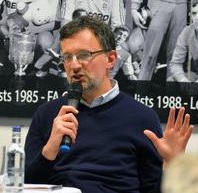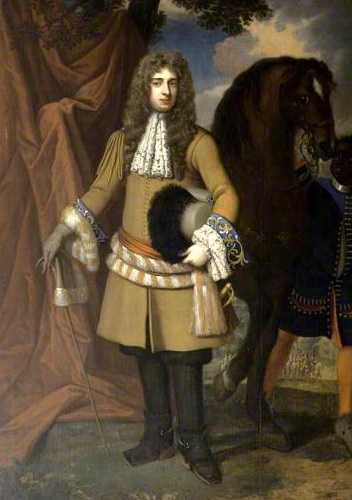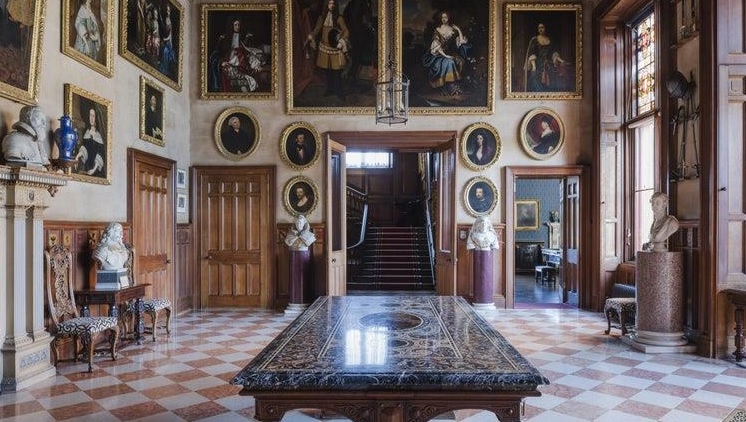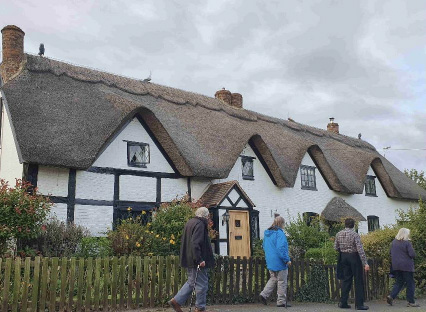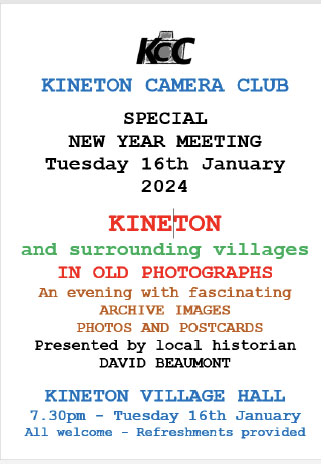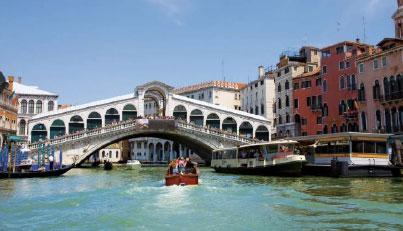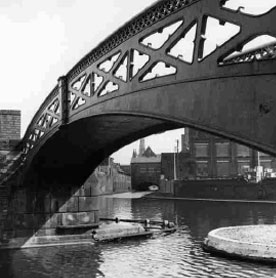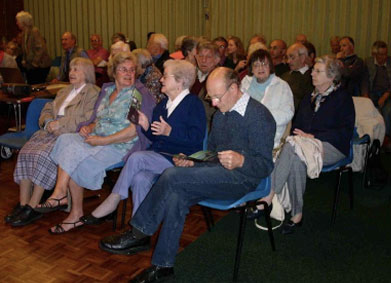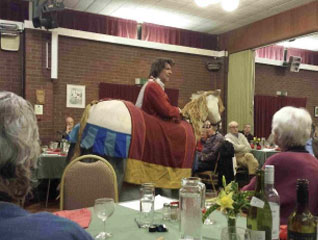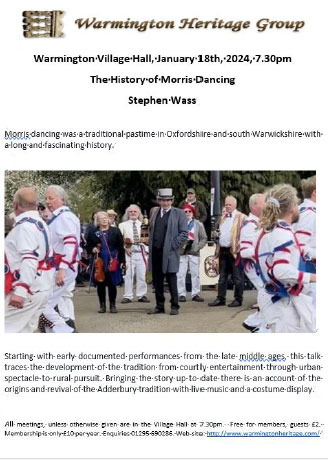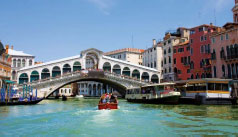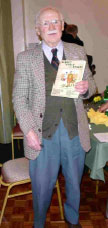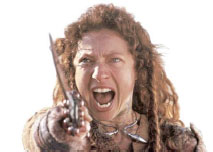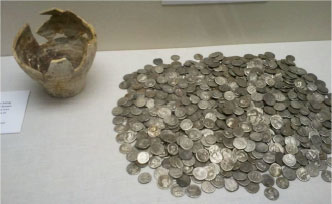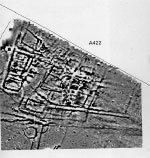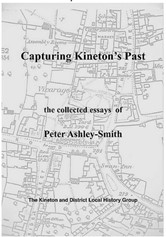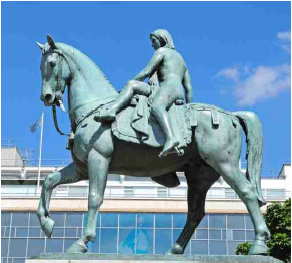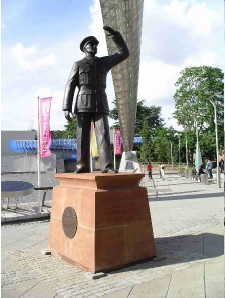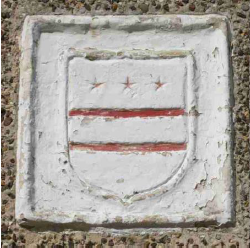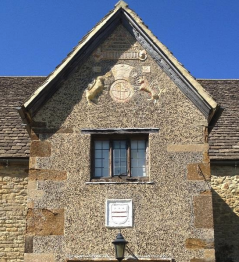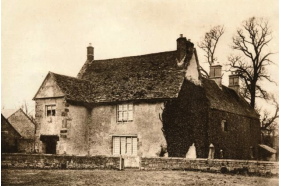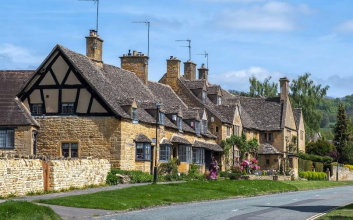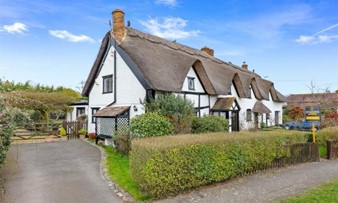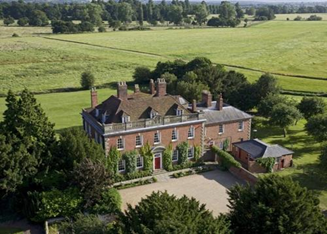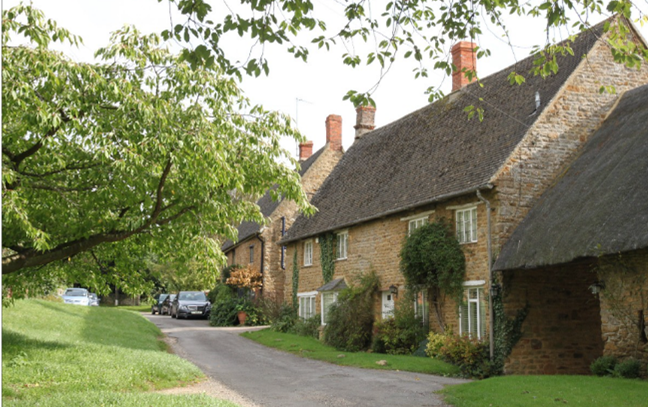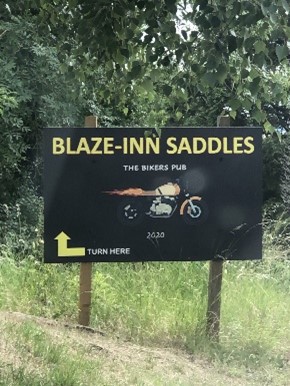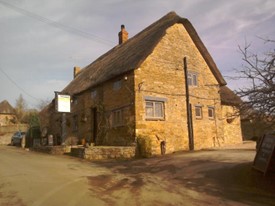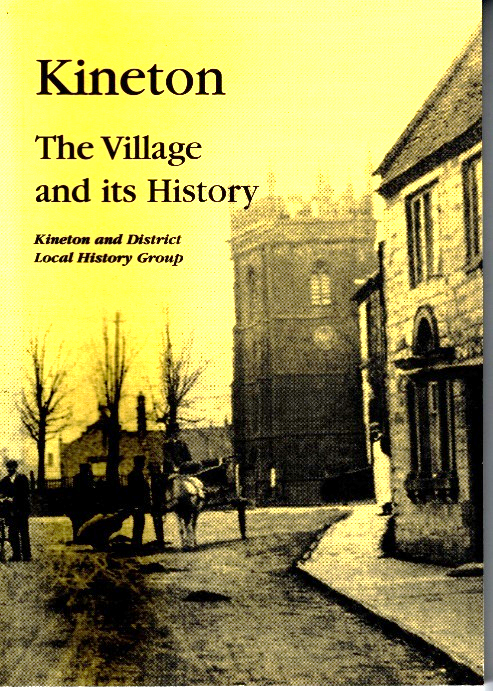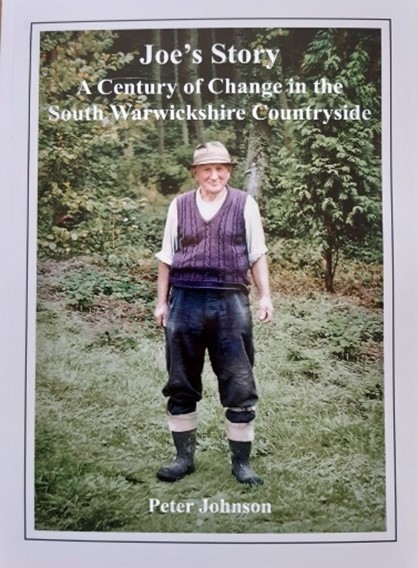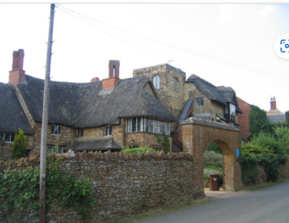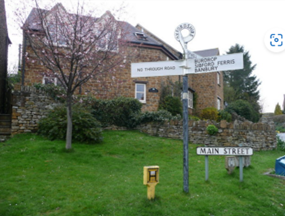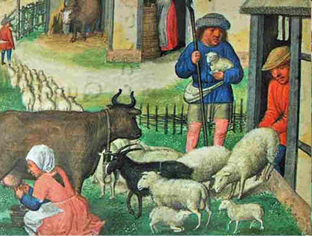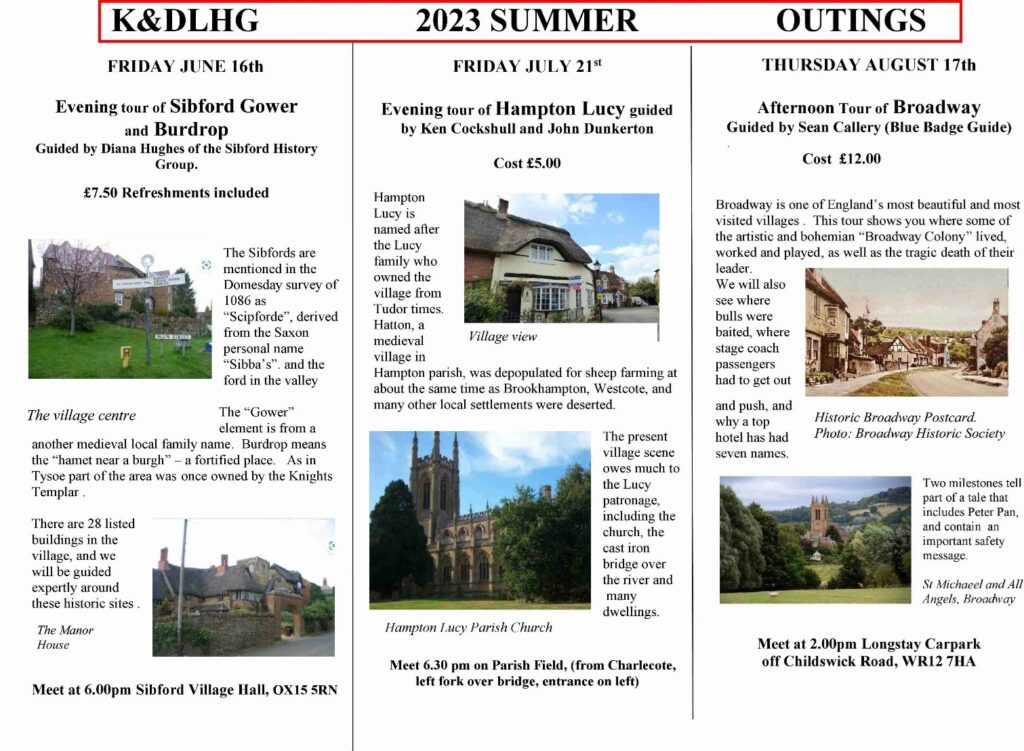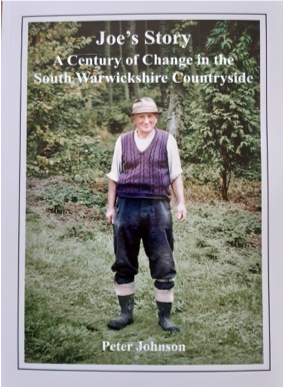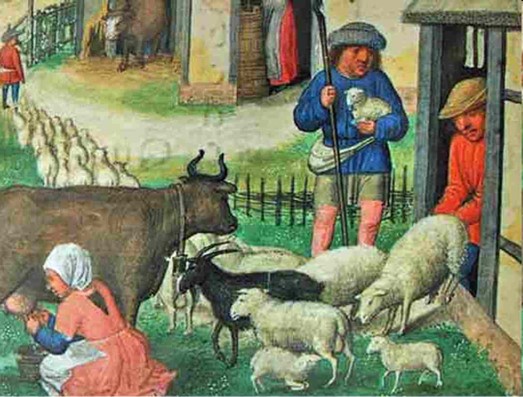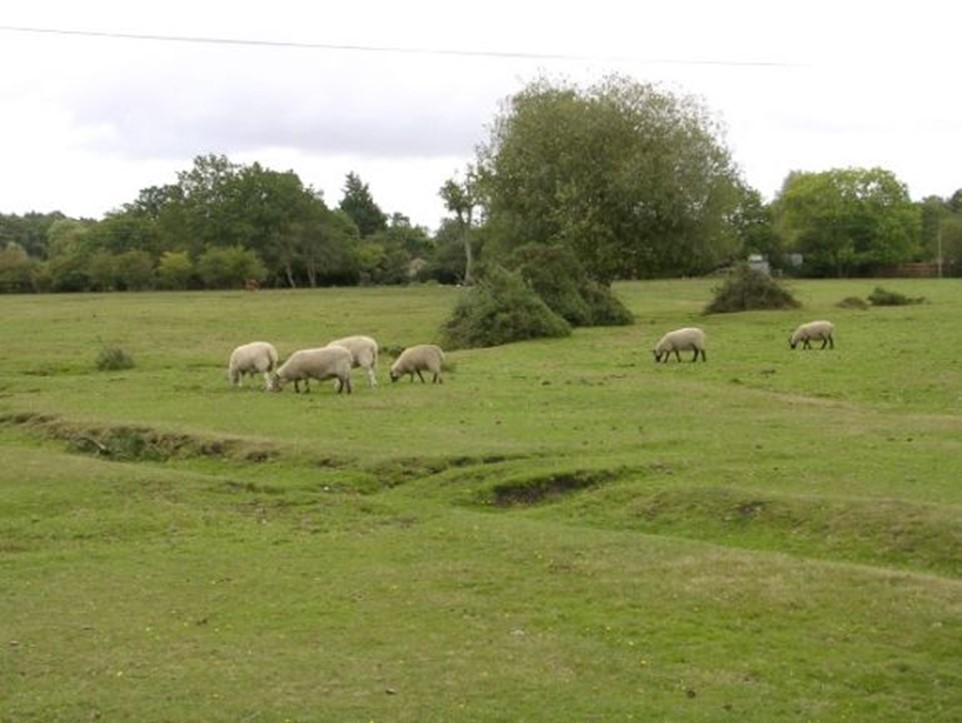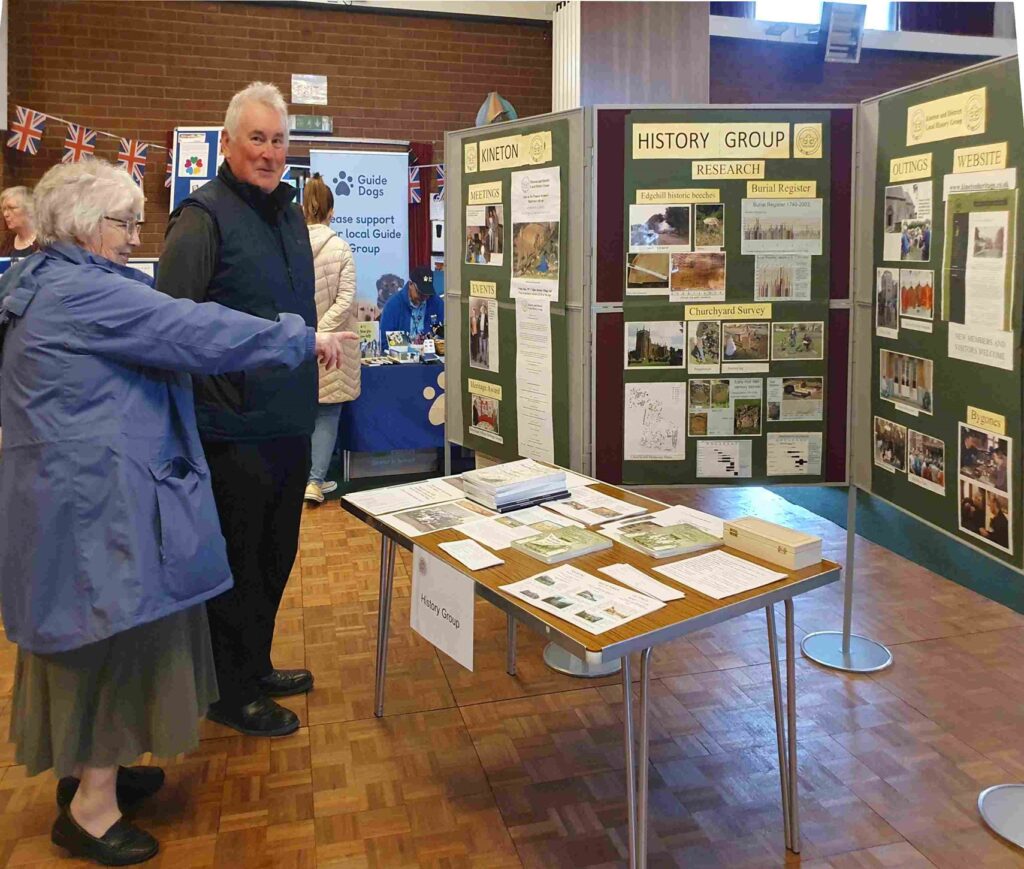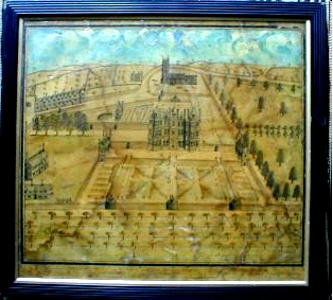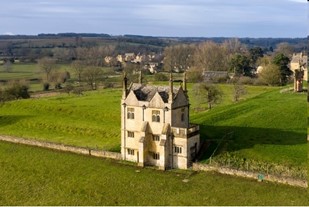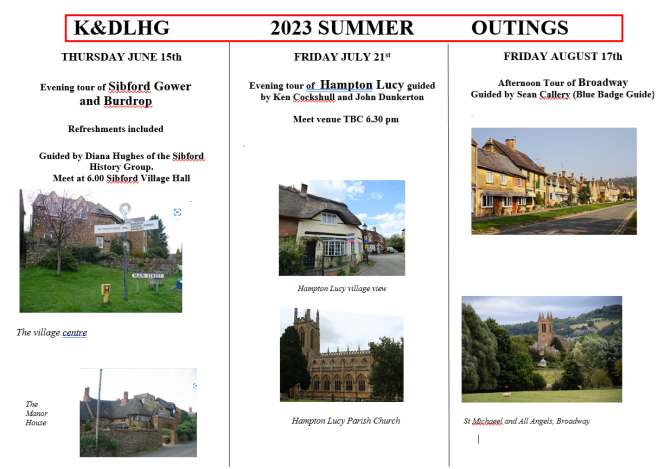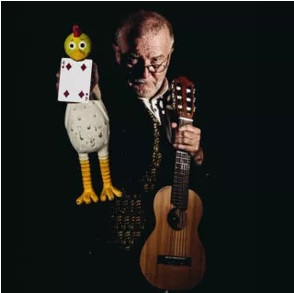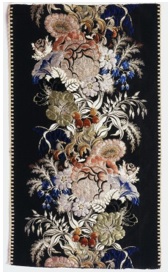Announcement: as indicated at our previous meeting we need to enhance our income to meet the essential running costs of the Group. A relatively painless money raising method is a raffle, and our first pilot raffle will be held at this Friday’s meeting. In our present digital age raffles still rely upon cash, so could those who would like to participate in this please remember to bring some!
The subject of our next meeting on Friday 16th February is The Battle of Edgehill 1642, delivered by Stephen Barker, is about a local event which has national significance. The battle, known by contemporaries as “The Kineton Fight”, was the first set piece military action of the civil wars which engulfed England, Scotland and Ireland for almost a decade. History group members have long been involved in important local studies of the battle, including a detailed examination of the battlefield by the Battlefield Trust which has led to a radical reinterpretation of the topography of the battle. Most recently, our members have contributed to the transcription of the Civil War Loss Accounts for Kineton and local villages.
Stephen Barker is an author, researcher, museum consultant and military historian who has given many presentations on the 17th century English Civil Wars, as well as writing books on WWI. His work encompasses archaeology and documents, and he is keen to highlight local themes. We look forward to hearing his exposition of the events of Sunday October 23rd 1642, which took place on our doorstep.
Report on our first talk about Charlecote and the Lucys on Friday 19th. Our speaker, John Miles, is a guide at the National Trust property of Charlecote House and park, and he described the complicated Lucy genealogy with a relaxed presentation, backed by his encyclopaedic knowledge of the house and its family. The claim that Lucys have been living at Charlecote since the 13th century turns out to be only tenable because several “Lucys” were so named as a result of changing their original names to conform to the terms of a will requiring all inheritors of the estate to be called by the family name. John showed Kneller’s 1680 portrait of Captain Thomas Lucy which includes a black boy holding a horse in the background. A black boy, Philip Lucy, was baptised at Charlecote church in 1735, clearly too late to be the person in the portrait, but evidence that black servants were a consistent part of elite households. There are 17th century records of baptisms and burials of black individuals in several local parishes, including Myrtilla, buried in Oxhill churchyard.
John showed how the house and the park owed their development to successive Lucys. The park was designed by “Capability” Brown, who finally moved the annoyance of the public Stratford Road away from the vicinity of the house. Its diversion accounts for the abrupt corner at West Lodge on the B4086 Stratford Road near the Huncote Farm Shop. The 19th century saw a major make-over at the house as George Lucy and his wife Mary Elizabeth transformed the old draughty house into a Tudor-styled country house. As with many estates the late 19th century agricultural depression, coupled with 20th century taxation, led to the decline of the family fortunes. In 1944 Montgomerie Lucy gifted the house and estate to the National Trust, with the proviso that the family would continue to live in the house, which they still do in the private apartments.
Other presentations. On Tuesday 16th January Kineton Camera Club hosted our member David Beaumont, who presented a fascinating selection of his old photographs of the surrounding villages. And the following week, on the 26th, the Primary School invited those who had missed his first presentation of early photographs devoted to Kineton to a repeat of the December show. David did not disappoint on either occasion, and the school hall was full. The tea and coffee served by Chris Cartwright, Elizabeth Beaumont and their helpers was much appreciated.
The Community Archive Room. As many will know it has been a long-term ambition to establish a permanent base for our own growing archive of photos, documents, oral history recording, research notes. As long ago as 2005 our then Chairman Brian Lewis circulated a detailed paper exploring ways of achieving this. It has taken nearly 20 years, but at the end of 2023, through the good offices of Gill Ashley-Smith and Mary Wheilden, your committee agreed terms with The Mill on Mill Street, Kineton, to set up an Archive Room there. We hope soon to transfer the material currently stored safely, but inaccessibly, in The Ark storage facility in Pillerton Hersey, to the Mill. At The Mill it will be accessible, under supervision, for research and consultation, and the collection of further material. Much still needs to be done but we have taken a massive step forward.
Forthcoming K&DLHG talks at the Village Hall.
| Date | Speaker | Title |
| 16 February | Stephen Barker | The Battle of Edgehill 1642 |
| 15 March AGM | Vanessa Morgan | Local Rogues & Villains of the 19th century |
| 19 April | Emma Bromley | The Black Book of Warwick |
| 17 May | Anthony Hit | Radford Semele: a History in Photos |
| 21 June (eve) | Outing | Walk round Lighthorne village |
| 19 July (afternoon) | Outing | Visit to Stanway House |
| ?? August | Outing | tbc |
| 20 September | Maggie Wood | Mr Gaydon of Brailes, stories told through a collection of smocks |
| 18 October | David Morse | A Dive into Leamington’s Photographic Archive |
| 15 November | Roger Butler | William James – Stratford’s Pioneering Railway Engineer |
| 13 December | Paul Thompson | Io Saturnalia |
| 17 Jan. 2025 | Alex Harvey | Immersive Tech to Explore Medieval Tunnels in Warwick and Elsewhere |
| 21 Feb. 2025 | William Deakin | History of the Hunt in Kineton |
| 21 Mar. 2025 | AGM & Martin Sinot-Smith | 37th AGM followed by Daily Life in Tudor Times |
Other Organisations’ Events
15 Feb. Warmington Heritage Group. A History of Odd Islands and some Strange People: the Small Isles. by John Hunter. Village Hall, 7.30. Visitors £2.00
2 March. CBA West Midlands News from the Past day school. Priory Rooms Conference Centre, Bull Street, Birmingham. 10am to 4.00pm. Details at https://cbawestmidlands.org.uk
8 March. Lighthorne History Group. AGM followed by Why Look at Parish Churches? by Dr John Hall. Village Hall, 7.30
13 March. Long Compton History Society. Place Names, Landscape and Settlement in the Banbury Region by Deborah Hayter. Village hall 7.30. Visitors £3.00
British Association for Local History. The Kineton Group is a Member of BALH and they run lectures and talks which are open to our members. www.balh.org.uk for upcoming talks available virtually.
Don’t forget to check our own website at: Kineton and District Local History Group
Membership.
The committee has reluctantly raised the price of Membership for 2024 to £15pa. This is the first rise in 8 years, and is required to meet the rising costs of speaker fees, hall hire, and speakers’ travel expenses, which has become a significant amount. Visitor entrance remains at £3.00 per meeting.
If you would like to become a Member of the group, our 2024 membership year starts in January.
Members renewing note that you can pay by cheque made payable to Kineton and District Local History Group, sent or delivered to:
Alec Hitchman,
The Hills Farm,
Pillerton Hersey,
WARKS, CV35 0QQ,
With our bank now charging for payments by cheque or cash, we would urge those who can to please pay by BACS to our bank business account:
name: Kineton and District Local History Group,
sort code: 40-43-19;
acc. no. 71281992. Please include your full name so we can correctly attribute your payment.
For queries contact Alec on alec.hitchman@btinternet.com
2023-24 KDLHG Committee
President: Dr Robert Bearman MBE
Chairman David Freke
Vice-Chairman Roger Gaunt
Secretary Vacant
Treasurer Alec Hitchman
Outings Secretary Rosemary Collier
Programme Secretary Claire Roberts
Other committee members:
Isobel Gill
Ilona Sekacz
Catherine Petrie (PR)
Pamela Redgrave (Membership)
Contact: David Freke tel. 01295 670516 mob. 07876 290044 email: djfreke@gmail.com

